The secrets behind the QR Code
The QR code existed for years and led, for the consumer, a sleeping existence. How do QR codes work?
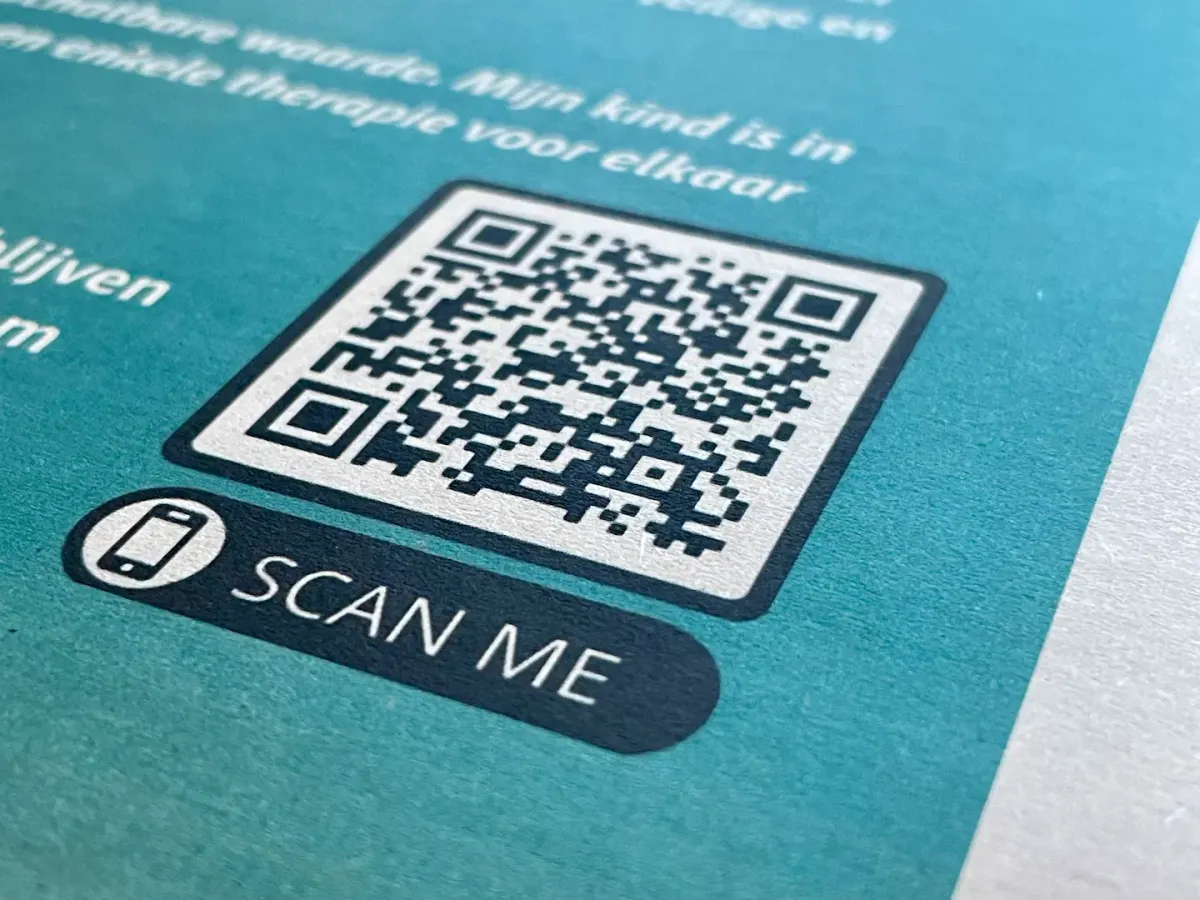
Until recently, you had to install a specific programme to read the QR code from the QR tag. But after Apple also embraced it and built the reader into the camera's software, the QR code became an object for daily use.
What is the QR code?
However, the QR code also has a bad ring to it, also because of Corona. Because of its secrecy and unfamiliarity, for many people, it came to symbolize the all-pervading digital control that would permeate our society.
So, it seemed like a good idea, even if it is a bit late, to take a closer look at the QR code and explain it.
The QR code is an optical label for exchanging information readable by machines. Just like the better known barcode. The blocks in the QR code are a way of recording information. Information about the QR code itself and information that will be exchanged:
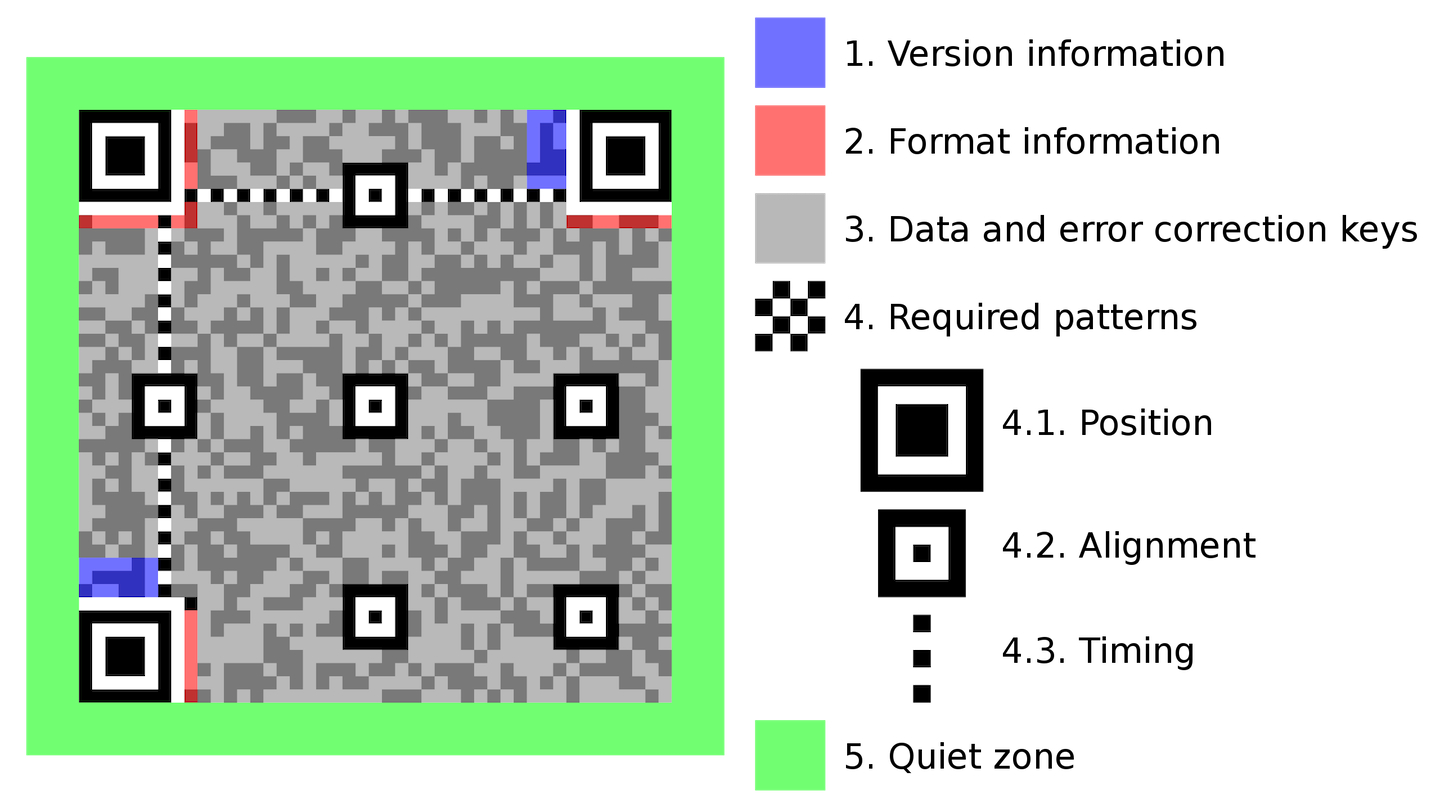
The QR code in a daily use
How does it work again? For the user, it is actually simple. Point your camera at the QR-code (on screen or paper) and an option will appear what to do with the information the QR-code contains. This could be an internet address, for example, and the phone will open a web page.
Or you may have a QR code on your phone to display, and it will be read by another party. Usually, the code will contain unique information that is then linked to a central file.
In both cases, the device will recognize and read the QR code.
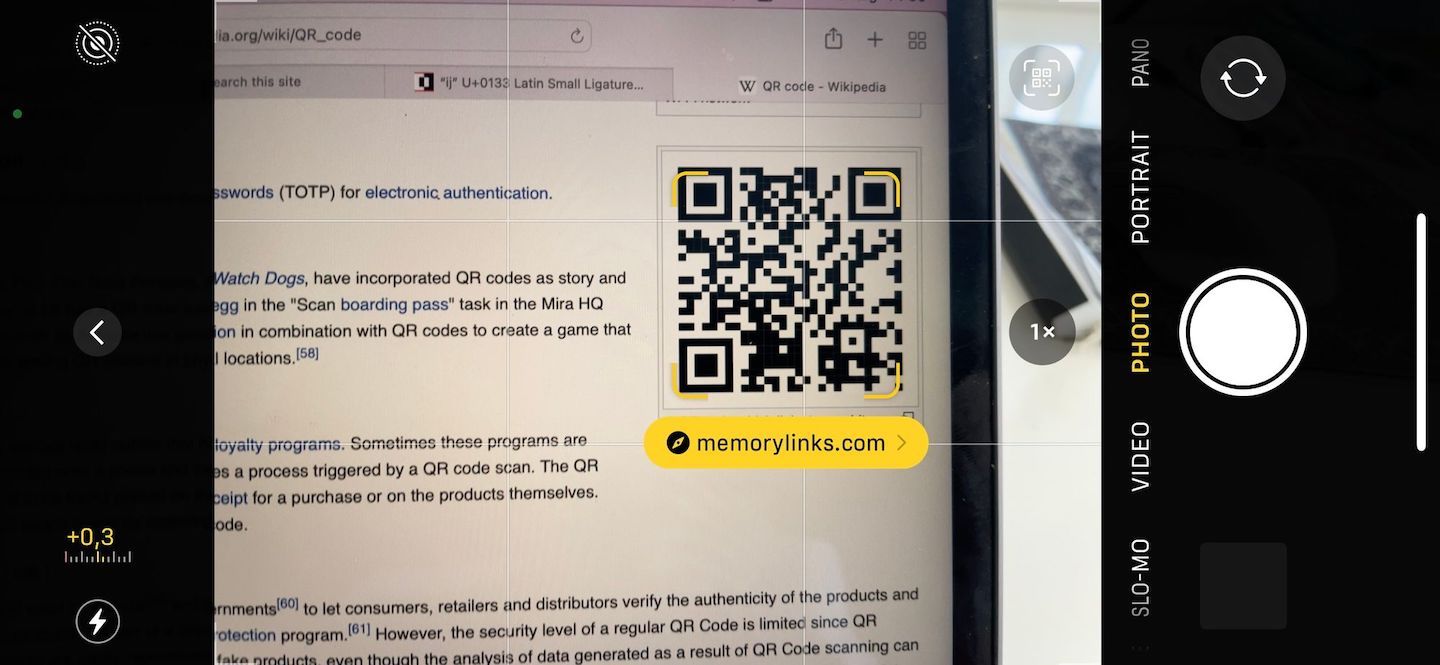
Contents of QR code
Via a QR code e-mail addresses, contact information (vCards), calendar appointments, GEO locations, text messages, telephone numbers and texts (maximum 7089 characters) can be offered.
This is also the case with NFC codes. These are small transmitters that are activated by the receiver. They are used, for example, when you use your phone to make payments at the cash register.
Cybercriminals Tampering with QR codes to Steal Victim Funds.
Versions of the QR code
There are several versions of the QR code in circulation. This is good to know because it explains the difference. The higher versions often contain more information and are therefore also larger and have a finer resolution. This also makes them somewhat slower and more error-sensitive when read.
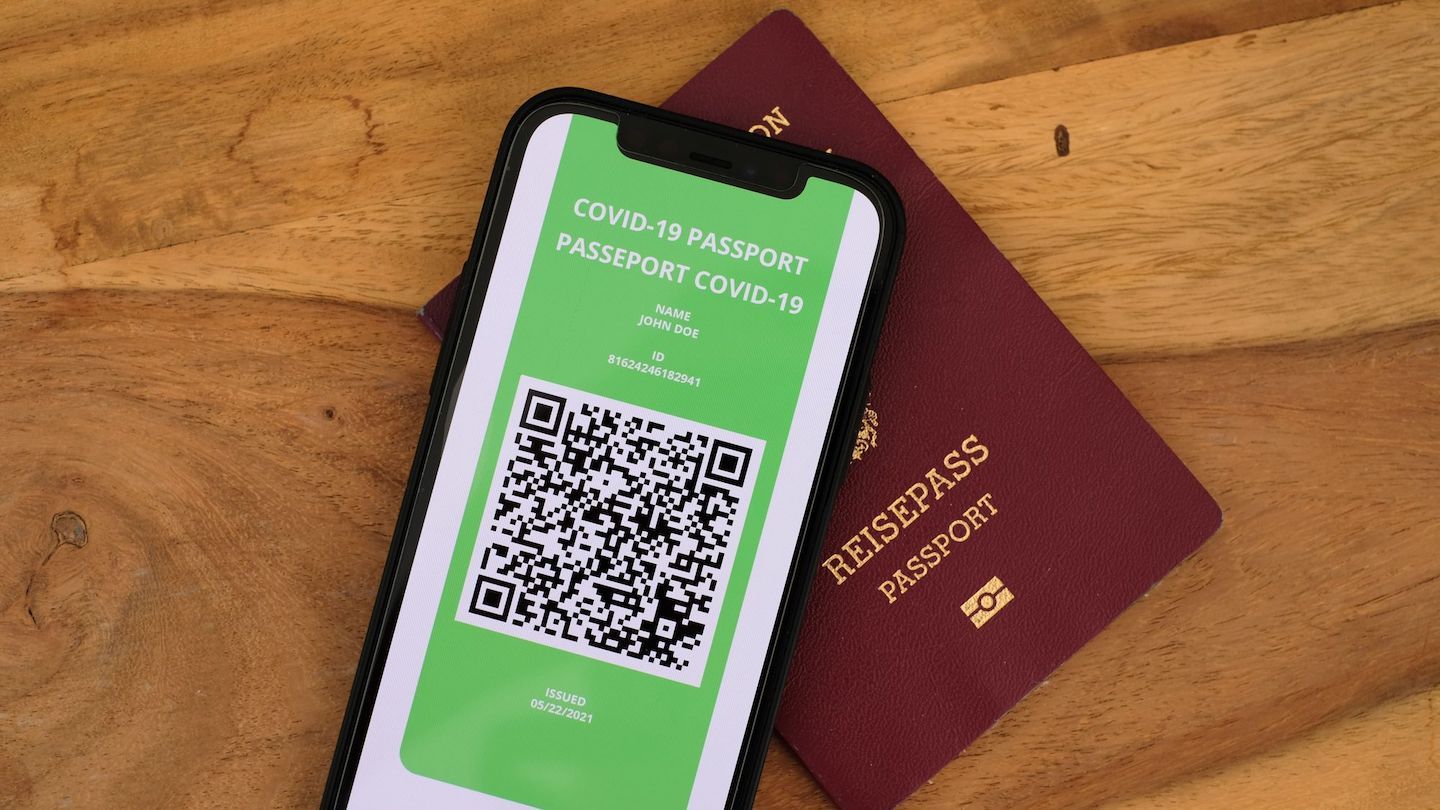
History
The QR code was invented in 1994 by the Japanese company Denso Wave. QR stands for Quick Response. The Denso-Wave company decided not to exercise its patent rights, and this means that QR-codes can be made free by everyone.
The inventor was Masahiro Hara and the board game Go gave him the idea that information can be displayed in two directions rather than left to right like the barcode.
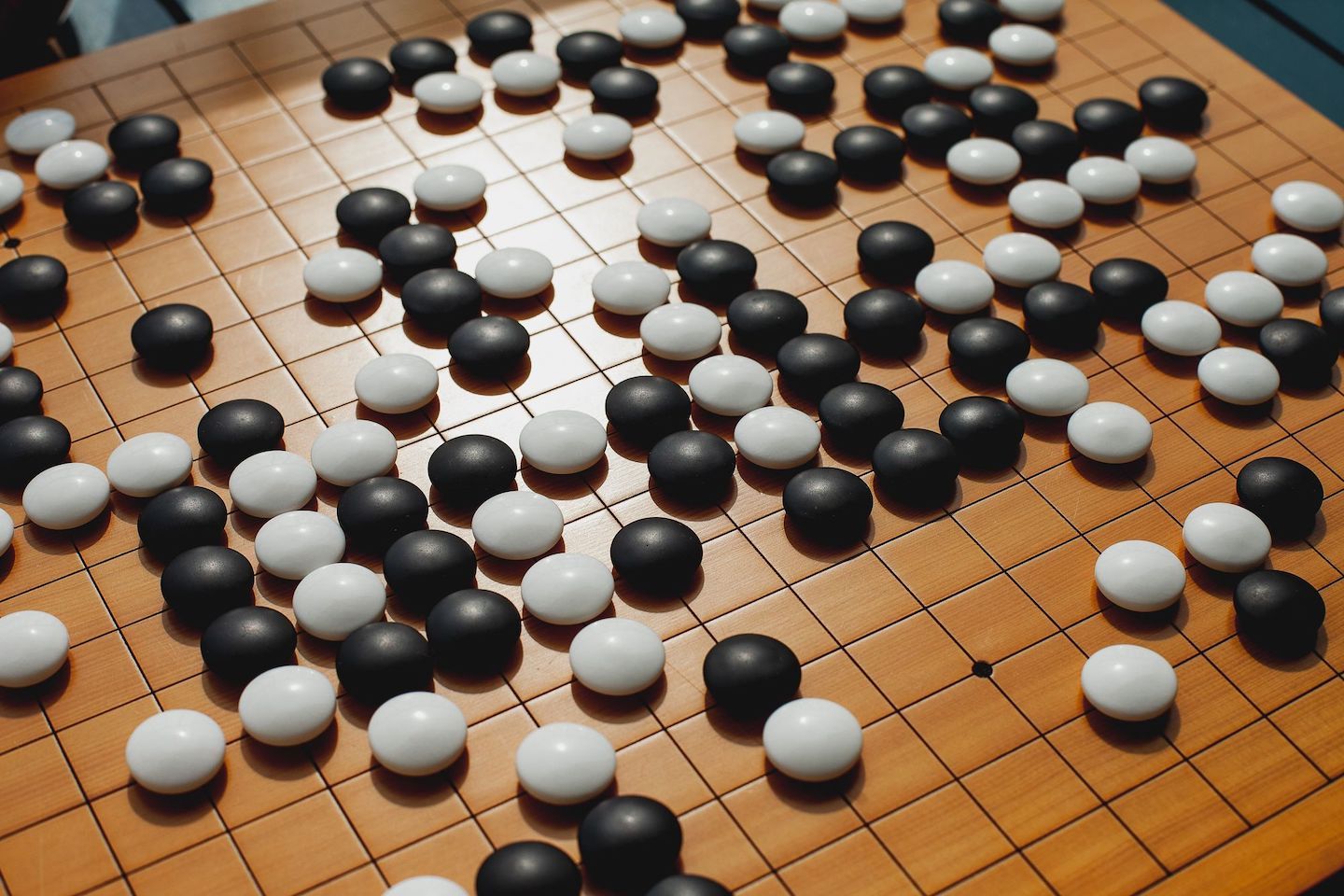
Ethics of QR codes and tags
The QR code is actually a tool with which information can be exchanged. But because applications use it to link to systems and data, there is an understandable sense of concern surrounding the application. This concern was much less with the corresponding barcode, for example.
If you use a QR code at a restaurant, it refers you to a web page or an application for ordering. Later, you pay for this order and the order can be traced back to your private data.
People also don't like having to carry a sign. There are very negative associations with the past where signs, on passports or clothing, were used to make a system of exclusion efficient.
For me, knowing the workings of these tags, makes it more transparent and less suspicious. The tag is a token, it contains readable information that can be connected by the receiver to bigger data sources. For good or for bad.
I hope you find the QR code less secretive after reading this article.
Apple App Clips uses both QR code and NFC tags to start up mobile workflows: An explanation and demo of App Clips. I also wrote about RFID.
Great Veritasium video on the QR Code. Why not build on by hand?



